Home>Furniture & Design>Outdoor Furniture>How To Build Wood Outdoor Furniture
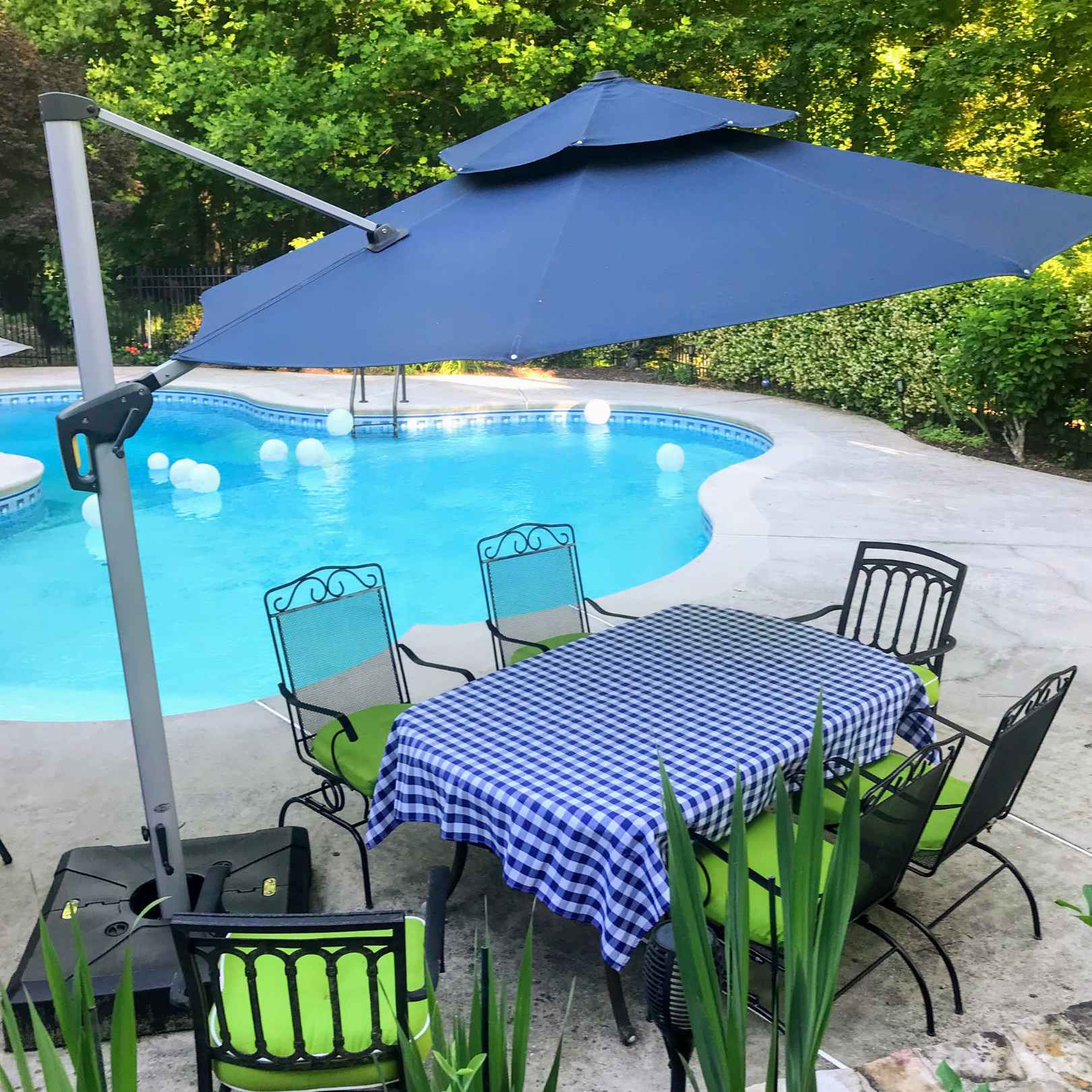

Outdoor Furniture
How To Build Wood Outdoor Furniture
Modified: February 12, 2024
Discover expert tips on building high-quality wood outdoor furniture. Get inspired with innovative designs and create your own outdoor oasis. Perfect for any outdoor space.
(Many of the links in this article redirect to a specific reviewed product. Your purchase of these products through affiliate links helps to generate commission for Storables.com, at no extra cost. Learn more)
Introduction
When it comes to enhancing your outdoor living space, nothing quite compares to the timeless appeal and natural beauty of wood outdoor furniture. Whether you seek a cozy chair for unwinding after a long day or a sturdy table for entertaining guests under the open sky, crafting your own wooden outdoor furniture can be a rewarding and fulfilling endeavor. Not only does it allow you to personalize your outdoor space, but it also provides an opportunity to showcase your woodworking skills and creativity.
Building wood outdoor furniture is a perfect way to blend functionality and aesthetics, creating pieces that seamlessly integrate with the surrounding environment while offering comfort and durability. However, before embarking on this woodworking journey, it's essential to understand the nuances of selecting the right wood, acquiring the necessary tools and materials, and mastering the construction and finishing techniques.
In this comprehensive guide, we will delve into the art of crafting wood outdoor furniture, covering everything from choosing the ideal wood for outdoor use to building a wooden outdoor chair and table. Additionally, we will explore the crucial steps of finishing and sealing your creations to ensure longevity and resilience against the elements. Furthermore, we will discuss essential maintenance tips to preserve the natural allure and structural integrity of your wooden outdoor furniture for years to come.
Whether you're an experienced woodworker seeking new projects or a novice eager to hone your skills, this guide is designed to inspire and inform, empowering you to embark on a fulfilling woodworking journey and create stunning, functional pieces that enrich your outdoor living space. So, roll up your sleeves, grab your tools, and let's delve into the art of crafting wood outdoor furniture that harmoniously blends nature, craftsmanship, and comfort.
Key Takeaways:
- Crafting wood outdoor furniture requires choosing the right weather-resistant wood, gathering essential tools, and mastering construction and finishing techniques to create durable and visually appealing pieces for your outdoor space.
- To maintain wood outdoor furniture, implement regular cleaning, inspections, and protective covers, and store it properly during inclement weather. This ensures the longevity and enduring charm of your handcrafted creations.
Read more: How To Build Outdoor Furniture
Choosing the Right Wood for Outdoor Furniture
When it comes to crafting outdoor furniture, selecting the right type of wood is paramount to ensure longevity, resilience, and aesthetic appeal. Not all wood species are suitable for outdoor use, as they must withstand the harsh elements while retaining their structural integrity and visual allure. Here are some key factors to consider when choosing wood for your outdoor furniture:
1. Weather Resistance:
Opt for wood species renowned for their natural resistance to decay, moisture, and insect infestation. Cedar, teak, cypress, and redwood are popular choices due to their inherent ability to withstand outdoor conditions without excessive maintenance.
2. Durability:
Consider the durability of the wood, especially if your furniture will be exposed to constant use and varying weather conditions. Hardwoods such as oak, mahogany, and eucalyptus are prized for their robustness, making them ideal for outdoor furniture that requires strength and stability.
3. Maintenance Requirements:
Assess the maintenance needs of different wood types. While some woods may require regular sealing or finishing to maintain their appearance, others, like teak and cedar, possess natural oils that help preserve their beauty with minimal upkeep.
Read more: How To Outdoor-Proof Wood Furniture
4. Aesthetic Appeal:
Consider the visual appeal of the wood and how it complements your outdoor space. Each wood species boasts unique grain patterns, colors, and textures, allowing you to choose one that aligns with your design preferences and outdoor ambiance.
5. Sustainability:
For environmentally conscious woodworkers, prioritizing sustainable wood species is essential. Look for wood that is responsibly sourced and certified by organizations such as the Forest Stewardship Council (FSC) to ensure its eco-friendly credentials.
By carefully evaluating these factors, you can make an informed decision when selecting the wood for your outdoor furniture, ensuring that your creations not only exude natural beauty but also withstand the rigors of outdoor living. Once you’ve chosen the perfect wood, it’s time to gather the essential tools and materials for your woodworking project.
Tools and Materials Required
Before embarking on the construction of your wooden outdoor furniture, it’s essential to gather the necessary tools and materials to ensure a smooth and efficient woodworking process. Here’s a comprehensive list of the essential items you’ll need:
Tools:
- Measuring tape and carpenter's square
- Saw (circular saw, miter saw, or hand saw)
- Drill and a set of drill bits
- Sandpaper or electric sander for smoothing surfaces
- Clamps to secure wood during assembly
- Screwdriver or screw gun
- Wood chisels for finer detailing
- Woodworking rasp and file for shaping and smoothing edges
- Wood glue for strong and durable joints
- Paintbrushes or sprayer for applying finishes
Read more: How To Waterproof Outdoor Wood Furniture
Materials:
- Selected outdoor wood planks or boards
- Stainless steel or galvanized screws and fasteners to prevent rust
- Wood finish or sealer for weather protection
- Wood stain or paint for adding color and enhancing aesthetics
- Protective gear including safety goggles, dust mask, and ear protection
- Optional cushions or upholstery for added comfort (if crafting chairs or benches)
Once you’ve assembled these tools and materials, you’re well-equipped to commence the construction of your wooden outdoor furniture. Whether you’re envisioning a classic Adirondack chair, a sleek dining table, or a charming bench, having the right tools and materials at your disposal is the first step towards bringing your woodworking aspirations to life.
Building a Wooden Outdoor Chair
Creating a wooden outdoor chair is a gratifying woodworking project that combines functionality and craftsmanship. Here’s a step-by-step guide to help you construct your own sturdy and inviting outdoor chair:
1. Design and Planning:
Begin by selecting a chair design that aligns with your aesthetic preferences and outdoor space. Whether you opt for a classic Adirondack chair, a modern lounge chair, or a simple yet elegant design, ensure that the dimensions and style complement your outdoor setting.
2. Wood Selection:
Choose a durable and weather-resistant wood species such as cedar, teak, or redwood. These woods are renowned for their ability to withstand outdoor conditions while exuding natural beauty.
Read more: How To Restore Wood Outdoor Furniture
3. Cutting and Shaping:
Using a saw, carefully cut the wood planks into the necessary components for the chair, including the seat, backrest, arms, and legs. Ensure precise measurements and smooth cuts for a seamless assembly process.
4. Assembly:
Begin assembling the chair components using screws, wood glue, and clamps for stability. Pay attention to the structural integrity and ensure that the joints are secure and robust to withstand weight and usage.
5. Sanding and Smoothing:
Use sandpaper or an electric sander to smooth the surfaces and edges of the chair, ensuring a splinter-free and polished finish. Pay extra attention to areas that come into contact with the body for added comfort.
6. Finishing Touches:
Apply a weather-resistant finish or sealant to protect the wood from moisture and UV exposure. Additionally, consider adding a wood stain or paint to enhance the chair’s visual appeal and complement your outdoor decor.
By following these steps and infusing your creativity and attention to detail, you can craft a wooden outdoor chair that not only provides a comfortable seating option but also serves as a captivating focal point in your outdoor sanctuary. Once you’ve mastered the art of chair construction, you can expand your woodworking repertoire by building complementary pieces such as tables and benches.
Read more: How To Refinish Wood Outdoor Furniture
Building a Wooden Outdoor Table
Constructing a wooden outdoor table presents an exciting opportunity to create a functional and aesthetically pleasing centerpiece for your outdoor gatherings. Here’s a comprehensive guide to crafting your own durable and stylish wooden table:
1. Table Design and Dimensions:
Begin by selecting a table design that suits your outdoor space and accommodates your intended use. Whether you prefer a spacious dining table, a quaint coffee table, or a versatile picnic table, ensure that the dimensions and style align with your outdoor lifestyle.
2. Wood Selection:
Choose a robust and weather-resistant wood species such as teak, cedar, or redwood for the table’s construction. These woods are renowned for their ability to withstand outdoor elements while exuding natural charm.
3. Cutting and Assembly:
Cut the wood planks into the necessary components for the table, including the tabletop, legs, and support structure. Pay careful attention to precise measurements and angles to ensure a stable and level surface for dining and relaxation.
Read more: How To Paint Outdoor Wood Furniture
4. Joinery and Reinforcement:
Utilize strong joinery techniques such as mortise and tenon joints or sturdy metal brackets to reinforce the table’s frame and ensure long-term stability. Secure the components using weather-resistant screws and wood glue for added durability.
5. Surface Treatment:
Smooth the tabletop and edges using sandpaper or an electric sander, ensuring a smooth and inviting surface for dining and entertainment. Consider rounding the table’s edges for a comfortable and elegant touch.
6. Protective Finish:
Apply a high-quality outdoor finish or sealant to protect the wood from moisture, UV exposure, and environmental wear. This step is crucial in preserving the table’s natural beauty and structural integrity over time.
By following these steps and infusing your woodworking skills and personal flair, you can create a stunning wooden outdoor table that serves as a focal point for al fresco dining, social gatherings, and relaxation. Whether you’re hosting a festive outdoor feast or enjoying a tranquil morning coffee, your handcrafted table will undoubtedly elevate the charm and functionality of your outdoor living space.
Finishing and Sealing Your Outdoor Furniture
Once you’ve completed the construction of your wooden outdoor furniture pieces, it’s crucial to apply the appropriate finishing and sealing techniques to safeguard them against the rigors of outdoor exposure. Here’s a comprehensive guide to ensuring the longevity and weather resistance of your creations:
1. Surface Preparation:
Prior to applying any finishes, thoroughly sand the surfaces of your furniture to achieve a smooth and even texture. This step not only enhances the aesthetic appeal but also allows the finishes to adhere effectively to the wood.
2. Selecting the Right Finish:
Opt for a high-quality outdoor finish or sealant specifically designed for wood furniture exposed to the elements. Look for products that offer UV protection, moisture resistance, and durability in varied weather conditions.
3. Application Technique:
Apply the chosen finish or sealant evenly using a paintbrush, roller, or sprayer, ensuring complete coverage of all exposed surfaces. Follow the manufacturer’s instructions regarding the number of coats and drying times for optimal results.
4. Weatherproofing the Joints:
Pay special attention to the joints and crevices of your furniture, as these areas are more susceptible to moisture infiltration. Consider using wood glue or sealant to reinforce the joints and prevent water penetration, thereby enhancing the furniture’s resilience.
Read more: How To Protect Outdoor Wood Furniture
5. Maintenance Considerations:
Be mindful of the maintenance requirements associated with the chosen finish. Some finishes may necessitate periodic reapplication, while others offer long-lasting protection with minimal upkeep. Regularly inspect your furniture for signs of wear and address any maintenance needs promptly.
6. Sealing End Grain:
Seal the exposed end grain of the wood, as it is particularly vulnerable to moisture absorption and can lead to premature deterioration. Utilize specialized end grain sealers to fortify these vulnerable areas and prolong the lifespan of your outdoor furniture.
By diligently applying these finishing and sealing practices, you can fortify your wooden outdoor furniture against the elements, ensuring that they retain their beauty and functionality for years to come. Whether it’s a chair, table, or bench, your handcrafted pieces will stand resilient amidst nature’s forces, providing comfort and elegance to your outdoor oasis.
Maintenance Tips for Wood Outdoor Furniture
Preserving the allure and structural integrity of your wood outdoor furniture requires proactive maintenance and care, especially when exposed to the elements. By implementing the following maintenance tips, you can ensure that your handcrafted pieces remain resilient and visually captivating throughout the seasons:
1. Regular Cleaning:
Periodically clean your outdoor furniture using a mild soap solution and a soft brush or cloth to remove dirt, pollen, and other debris. Rinse thoroughly and allow the furniture to dry completely before applying any protective treatments.
Read more: How To Finish Outdoor Wood Furniture
2. Inspection and Repair:
Conduct routine inspections of your furniture to identify any signs of wear, loose fasteners, or weather-related damage. Promptly address any issues by tightening screws, replacing worn components, or refinishing areas showing signs of deterioration.
3. Protective Covers:
Consider using protective covers or storing your outdoor furniture indoors during inclement weather or prolonged periods of non-use. This practice shields the furniture from excessive moisture and UV exposure, prolonging its lifespan and reducing maintenance requirements.
4. Seasonal Maintenance:
At the onset of each season, assess the condition of your outdoor furniture and perform any necessary maintenance tasks, such as reapplying finishes, tightening hardware, and addressing any wear and tear resulting from seasonal changes.
5. Refinishing and Sealing:
Monitor the condition of the furniture’s finish and sealant, and reapply these protective treatments as needed to uphold their efficacy. This proactive approach safeguards the wood from moisture, UV rays, and other environmental factors that can compromise its integrity.
Read more: How To Build Patio Furniture Out Of Wood
6. Storage Considerations:
If your outdoor furniture won’t be in use for an extended period, store it in a dry and well-ventilated area to prevent excessive exposure to the elements. Prioritize proper storage to mitigate the effects of weathering and prolong the furniture’s lifespan.
By incorporating these maintenance practices into your routine, you can uphold the beauty and functionality of your wooden outdoor furniture, ensuring that each piece continues to enrich your outdoor living space with enduring charm and comfort. With attentive care and timely interventions, your handcrafted creations will stand the test of time, becoming cherished elements of your outdoor sanctuary.
Conclusion
Embarking on the journey of crafting wood outdoor furniture is a testament to your passion for woodworking, appreciation of natural beauty, and dedication to enhancing your outdoor living space. As you’ve discovered throughout this guide, the art of building wooden outdoor furniture encompasses careful wood selection, precise construction techniques, and diligent maintenance practices, all of which culminate in the creation of functional, enduring, and visually captivating pieces.
By choosing the right wood species, such as cedar, teak, or redwood, you ensure that your furniture not only withstands the elements but also exudes timeless elegance and charm. The careful consideration of design, dimensions, and joinery techniques empowers you to construct chairs, tables, and benches that seamlessly integrate with your outdoor ambiance while providing comfort and durability.
Applying protective finishes and sealants, along with proactive maintenance, fortifies your wooden creations against moisture, UV exposure, and wear, preserving their allure and structural integrity for years to come. Whether it’s a sun-dappled dining table, a welcoming Adirondack chair, or a rustic bench nestled amid your garden, each piece reflects your craftsmanship and passion for woodworking.
As you bask in the tranquility of your outdoor sanctuary, surrounded by the fruits of your labor, take pride in the enduring legacy of your handcrafted wood outdoor furniture. These pieces not only serve as functional elements but also as testaments to your creativity, dedication, and reverence for the timeless art of woodworking.
May your woodworking endeavors continue to enrich your outdoor space, creating lasting memories and moments of respite amidst the beauty of nature. Whether you’re savoring a leisurely afternoon on your handcrafted chair or hosting gatherings around your meticulously crafted table, your wooden outdoor furniture stands as a testament to the harmonious blend of craftsmanship and natural splendor.
Frequently Asked Questions about How To Build Wood Outdoor Furniture
Was this page helpful?
At Storables.com, we guarantee accurate and reliable information. Our content, validated by Expert Board Contributors, is crafted following stringent Editorial Policies. We're committed to providing you with well-researched, expert-backed insights for all your informational needs.
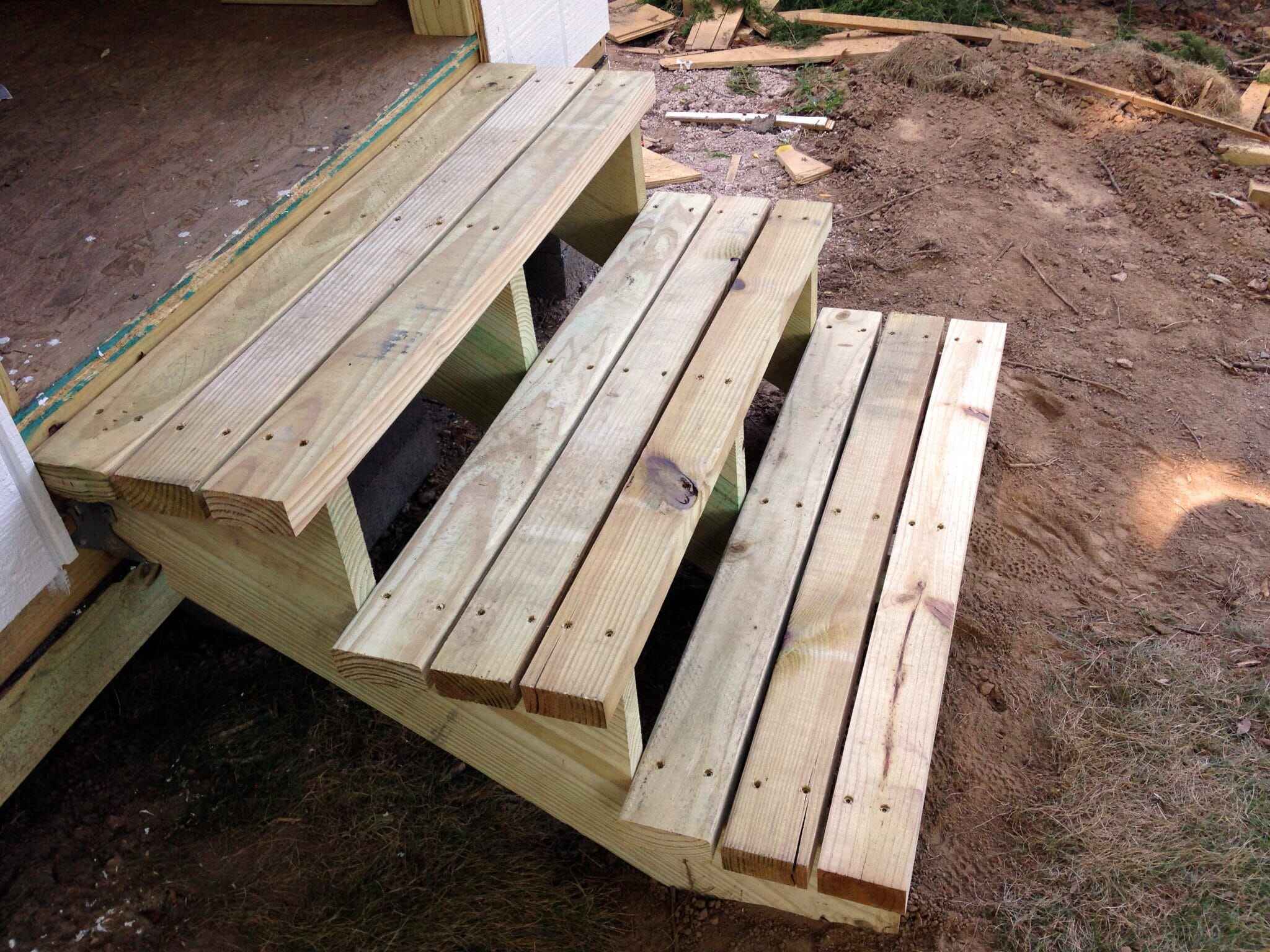
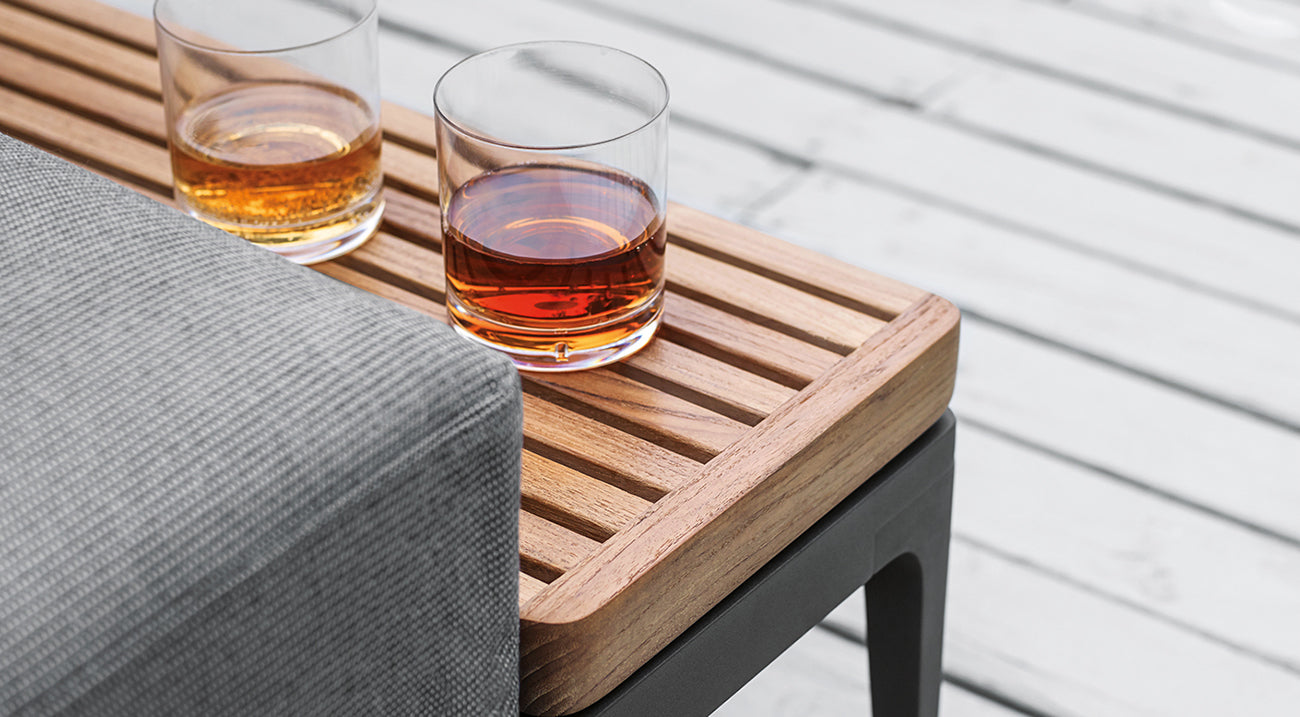
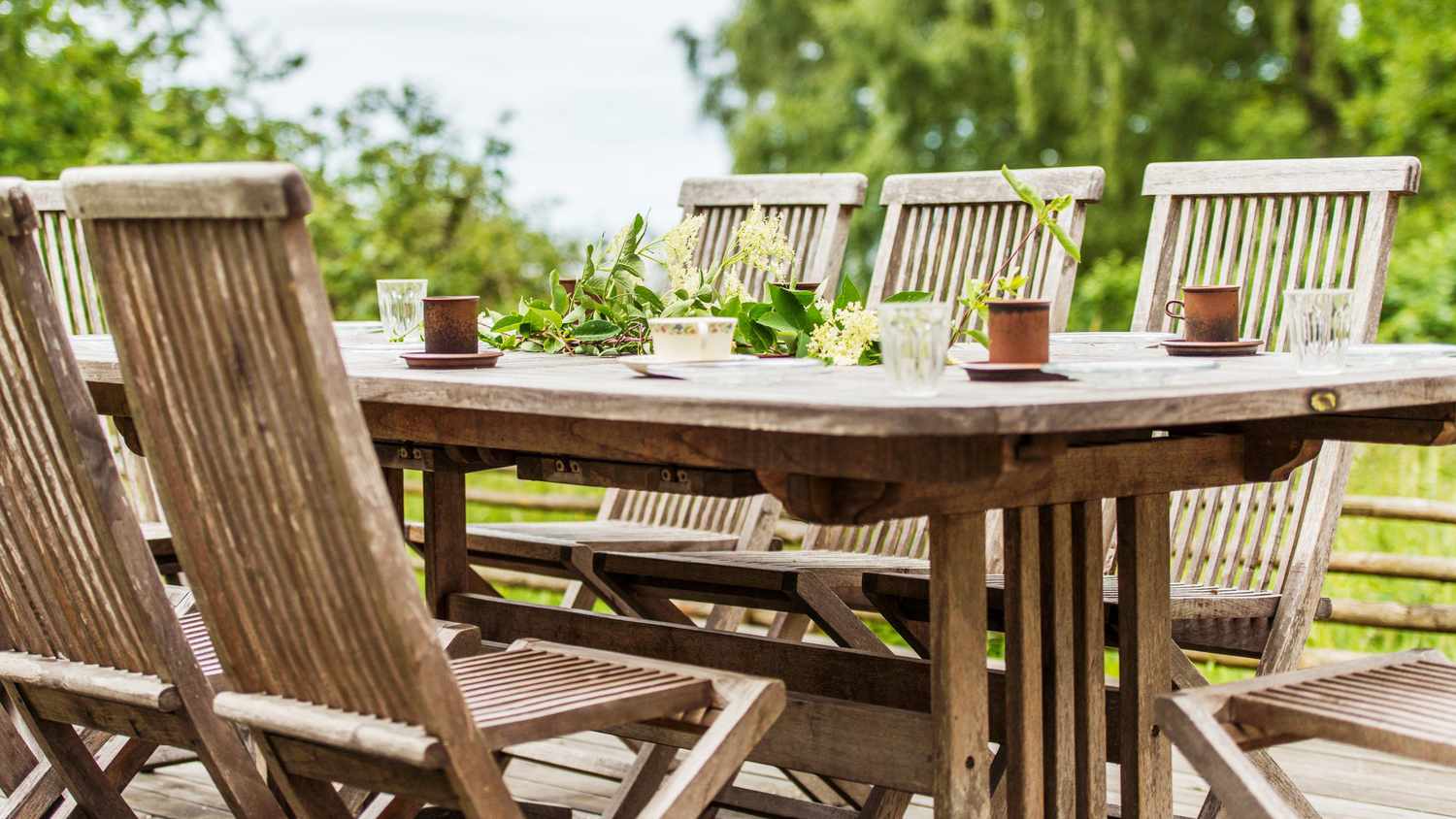
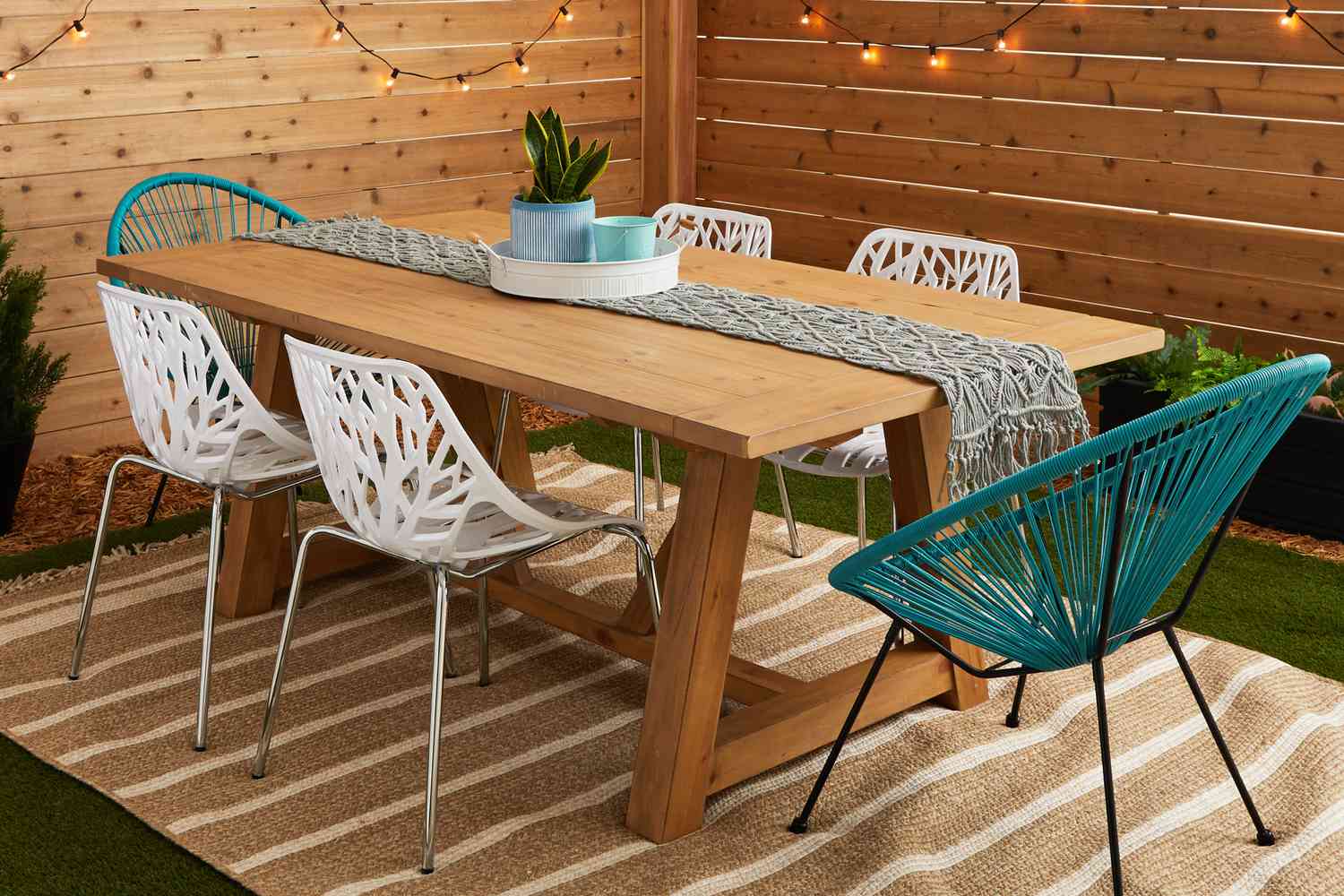
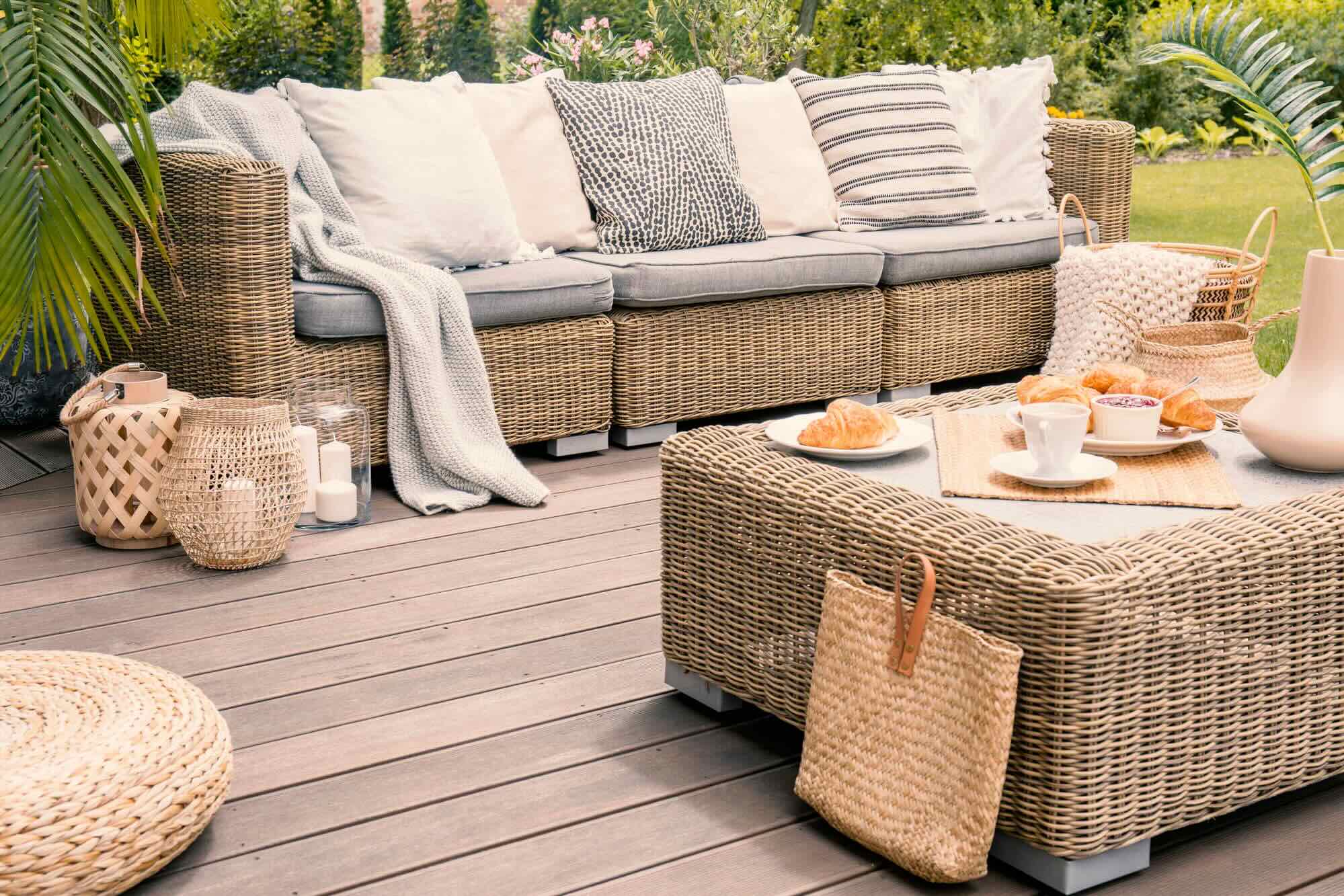
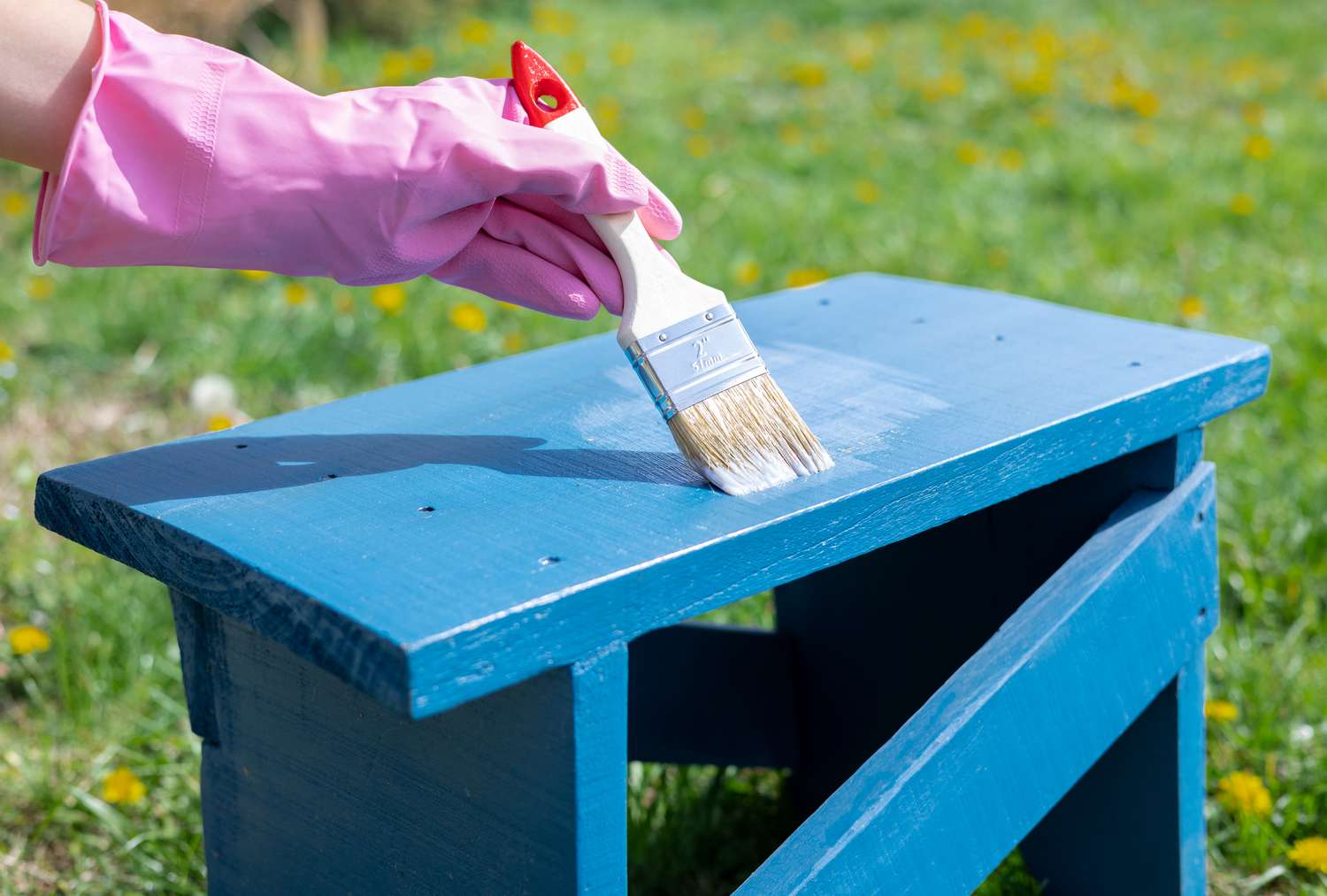

0 thoughts on “How To Build Wood Outdoor Furniture”